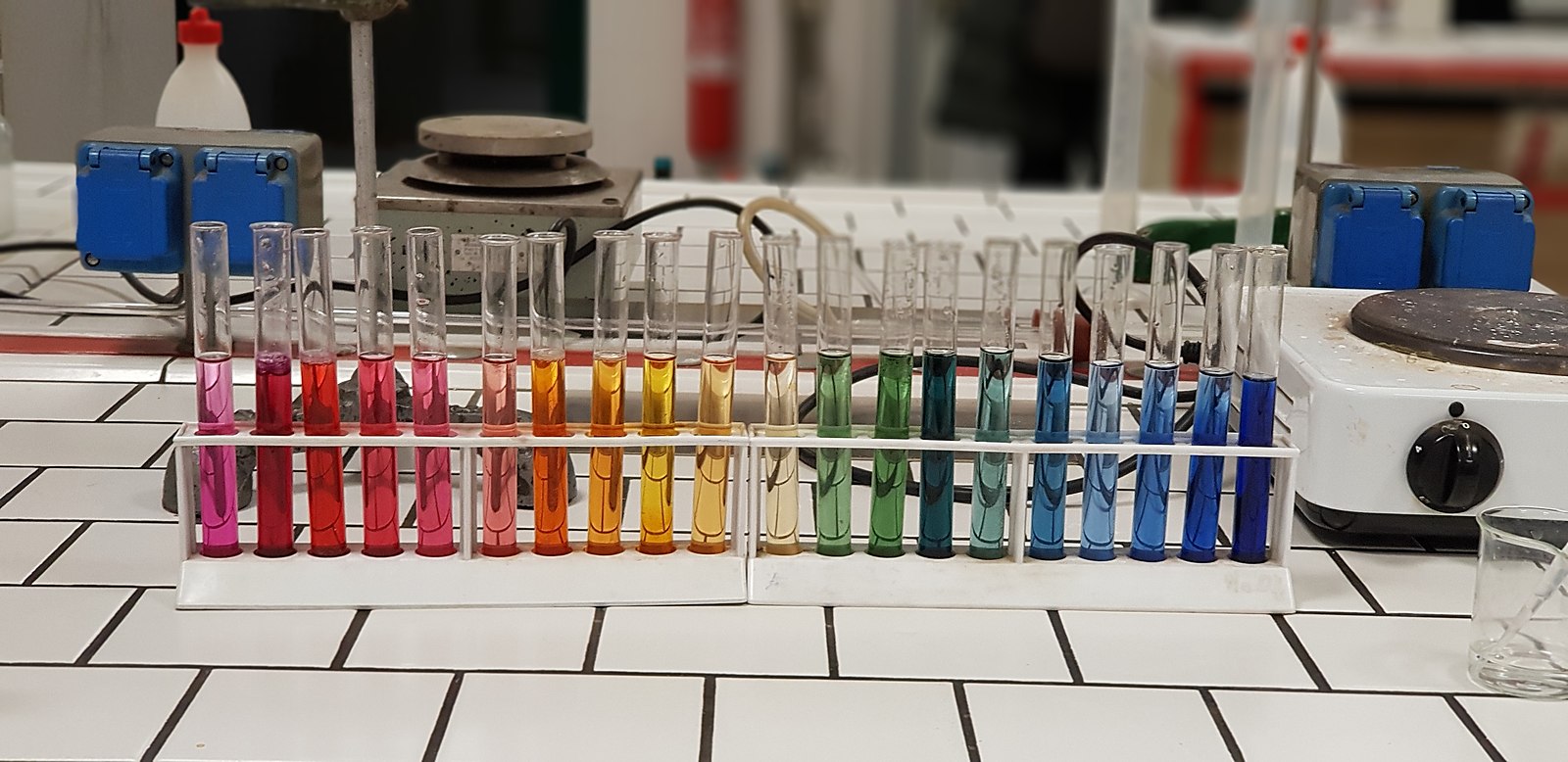The pH value of nitrogen dioxide (NO2) in water is less than 7, indicating an acidic solution. This is because NO2 is an oxide of a nonmetal and dissolves in water to form an equilibrium with its dimer, dinitrogen tetroxide (N2O4), producing nitric acid and nitrous acid, which contribute to the acidity of the solution.
Understanding the Reaction of NO2 in Water
When nitrogen dioxide (NO2) dissolves in water, it undergoes a series of reactions that result in the formation of an acidic solution. The overall reaction can be represented as follows:
-
Dissolution of NO2 in water:
NO2 + H2O ⇌ HNO2 + HNO3 -
Equilibrium between NO2 and N2O4:
2 NO2 ⇌ N2O4
The dissolution of NO2 in water produces nitrous acid (HNO2) and nitric acid (HNO3), both of which are strong acids. The equilibrium between NO2 and its dimer, N2O4, also contributes to the acidity of the solution.
Measuring the pH of NO2 in Water
To determine the pH of the solution, you can use a pH meter or litmus paper. Litmus paper is a simple and inexpensive way to test the acidity or basicity of a solution.
Here’s how to use litmus paper to measure the pH of NO2 in water:
- Collect a sample of the water containing dissolved NO2.
- Dip a piece of litmus paper into the water sample.
- Observe the color change of the litmus paper.
- If the litmus paper turns red, the solution is acidic.
- If the litmus paper turns blue, the solution is basic.
- If the litmus paper remains purple, the solution is neutral (pH 7).
The more acidic the solution, the more the litmus paper will turn red. By comparing the color of the litmus paper to a pH color chart, you can estimate the pH of the solution.
Balancing the pH of NO2-Contaminated Water
If the pH of the water containing dissolved NO2 is too low (acidic), you can adjust the pH by adding a base. A common household base that can be used is baking soda (sodium bicarbonate, NaHCO3).
Here’s how to balance the pH of NO2-contaminated water:
- Determine the initial pH of the water using litmus paper or a pH meter.
- Calculate the amount of baking soda needed to raise the pH to the desired level.
- As a general rule, add small amounts of baking soda (e.g., 1/4 teaspoon per gallon of water) and mix well.
- Retest the pH and continue adding baking soda in small increments until the desired pH is reached.
- Be cautious not to add too much baking soda, as this can lead to the pH becoming too basic, which can also be harmful to aquatic life.
It’s important to note that the amount of baking soda needed will depend on the initial pH and the volume of the water being treated. It’s best to start with small amounts and gradually increase until the desired pH is achieved.
Implications of Acidic pH from NO2 in Water
The presence of NO2 in water and the resulting acidic pH can have several implications:
-
Aquatic life: Acidic water can be harmful to aquatic organisms, such as fish, invertebrates, and plants. It can disrupt their physiological processes and lead to reduced growth, reproduction, and even death.
-
Corrosion: Acidic water can be corrosive to metal pipes, fixtures, and infrastructure, leading to leaks, damage, and the release of harmful substances into the water supply.
-
Ecosystem impacts: Acidic water can alter the pH of natural water bodies, affecting the delicate balance of the ecosystem and the organisms that depend on it.
-
Human health: Consuming water with a low pH can be harmful to human health, potentially causing digestive issues, skin irritation, and other health problems.
Conclusion
The pH of nitrogen dioxide (NO2) in water is less than 7, indicating an acidic solution. This is due to the formation of nitric acid and nitrous acid when NO2 dissolves in water. To balance the pH, a base such as baking soda can be added slowly and in small quantities. Monitoring and maintaining the proper pH of water containing dissolved NO2 is crucial for the protection of aquatic life, infrastructure, and human health.
References:
– Wikipedia – Nitrogen Dioxide
– EPA – Acid Rain Education
– Toppr – Nitrogen Dioxide in Water

